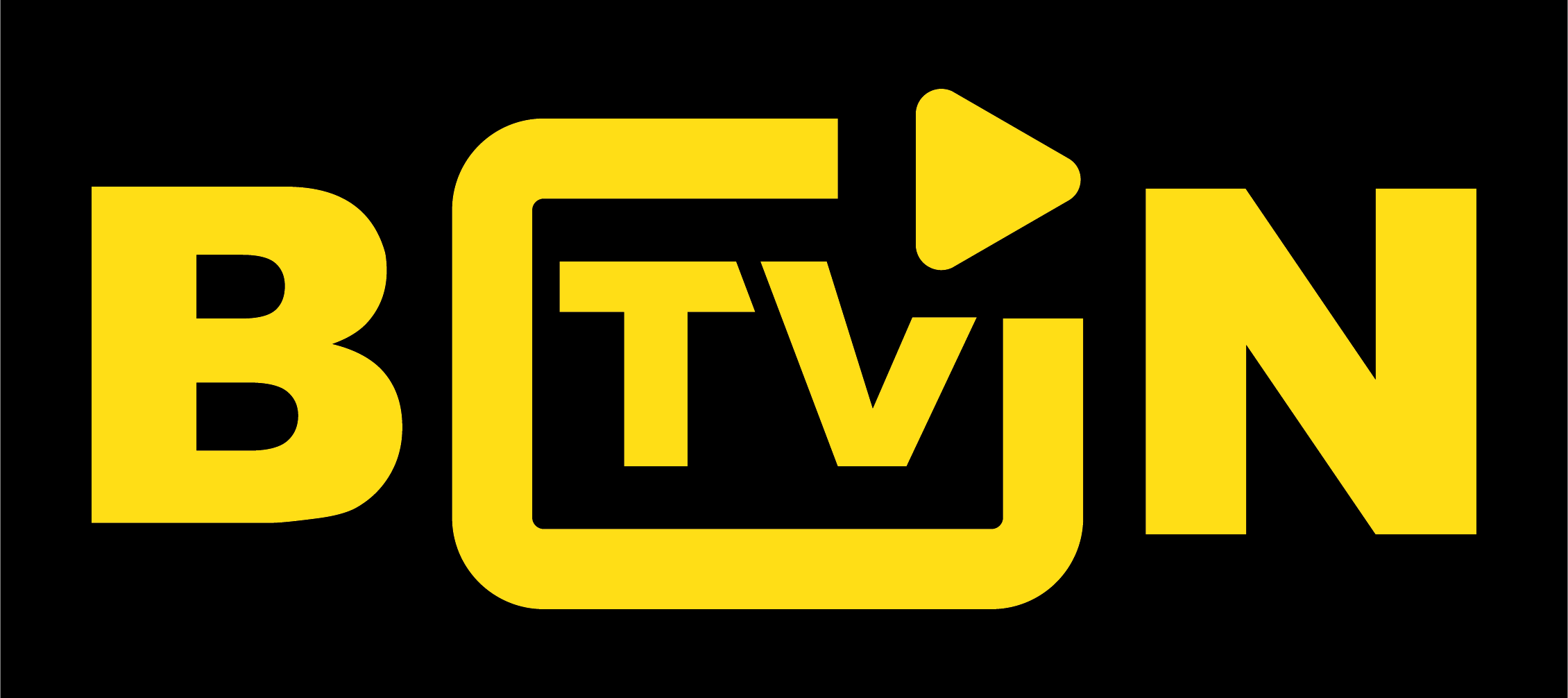LONG BEACH, Calif. — On Tuesday, Nov. 4, Californians will vote for the statewide special election with just one item on the ballot: Proposition 50 that redraws congressional lines statewide.
This summer, President Donald Trump called Texas Governor Greg Abbott and requested five more Congressional Republican seats in the 2026 midterms to give better chances of maintaining their majority. Abbott signed into law new congressional maps that redraw the district lines, meant to flip five seats held by Democrats in favor of the Republican Party.
In response, California Governor Gavin Newsom and state lawmakers introduced Proposition 50 to temporarily redraw the congressional maps through the 2026, 2028, and 2030 elections. Now, it’s in the hands of voters to decide if it will take effect in 2026.
If passed, it would temporarily override the previous 2008 and 2010 nonpartisan-approved maps. It may impact representation in the House of Representatives by shaking up the 52 districts.
This is achieved in two main ways: “packing” and “cracking.” Packing puts voters from an opposing party into as few districts as possible to prevent the preferred candidate from winning by a large margin. Gerrymandering can also be done by cracking, which splits up voters of the opposing party among multiple districts. This would weaken the chances of the preferred candidate winning.
Those who are not in favor of Proposition 50 feel as if this leads to gerrymandering. Gerrymandering aims to manipulate the electoral district boundaries to give one specific political party an advantage to take control.
Voters will decide on Proposition 50 during the statewide special election on Nov. 4. Ballots can be mailed, dropped off, or cast in person at a polling place. The results will determine whether temporary redistricting will take place in 2026 or if California continues with the current maps that are already in place.
See how your area would be impacted by CA’s Prop 50 (Courtesy: CA State Assembly)


























